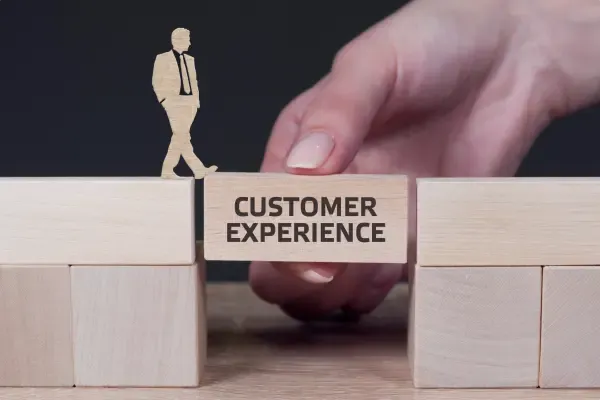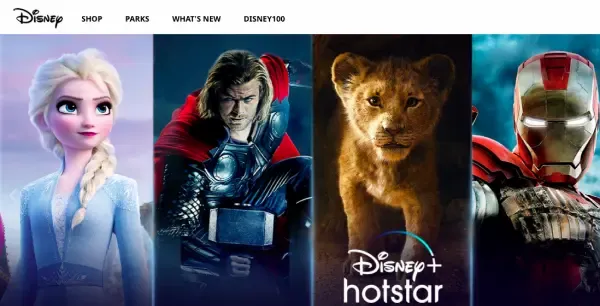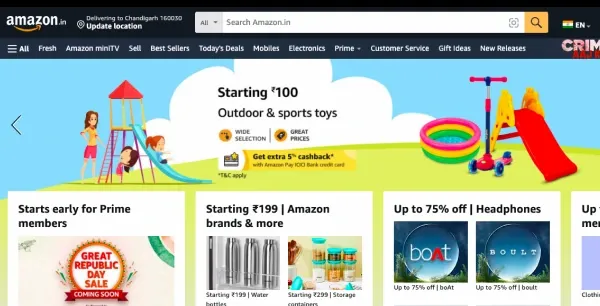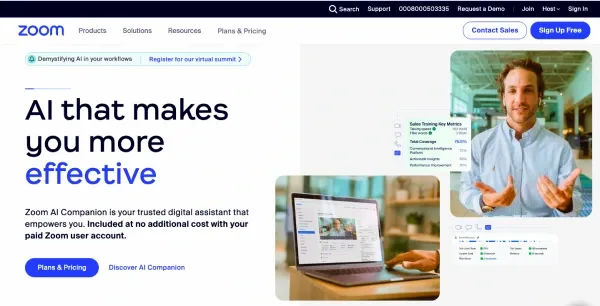This world is filled with choices, and creating a lasting bond with customers is crucial for any business's success.

Imagine you walk into your favorite local cafe, and the barista greets you by name, knowing exactly how you like your coffee. That warm feeling you get is loyalty in action. But how do businesses cultivate such a connection and enhance the overall customer experience?
The secret lies in implementing strategies that genuinely resonate with customers, making them not just buyers but loyal advocates who keep coming back for more.
Let's explore some great customer experience examples and discover how brands can turn everyday interactions into enduring connections.
Elevating Customer Experience through 8 Impactful Approaches

Unlock the approaches that can help your brand create an unforgettable customer experience and build a loyal customer base.
1. Enhanced Personalization: In the online space, personalization goes beyond using names. It involves understanding what users prefer, predicting their needs, and crafting unique and valuable website experiences tailored to each individual.
Example: Netflix's recommendation system. They look at what you've watched before and how
you've rated shows. This helps them suggest things you'll probably enjoy. It's like having a friend who knows your taste in movies and shows, making your time on Netflix more fun.
So, in this new era, personalization means making things uniquely awesome for each person.

2. Consistent Omni Channel Presence: Ensuring a seamless experience across various channels is crucial for your brand.
Making sure customers encounter the same excellence regardless of where they interact with you builds trust and leaves a lasting impression on their minds.
Example: Disney's seamless integration. Whether you're at one of their theme parks, using their apps on your phone, or checking out their website, it all feels the same. They've made sure that wherever you meet Disney, it's always a consistent and special experience, making their brand something you won't forget.

3. Anticipatory Customer Service: Think about fixing problems even before customers notice them. That's what we call proactive customer service – being ready and quick to help before anything goes wrong.
Example: Amazon's anticipatory shipping model. They look at what customers usually buy and guess what they might want next. Before customers even order, Amazon sends those things to nearby places, so they can deliver them fast.
This shows how being ready before customers ask can make the service super helpful.

4. Deep Emotional Connections: Move beyond transactions; create emotional bonds. This section discusses how to transform routine interactions into deep, meaningful relationships, making your brand a valued part of your customers' lives.
Example: Apple's brand loyalty. They've made people feel connected by creating cool designs and a tight-knit community around their brand. This makes customers not just users but big fans who tell others about it.
5. Innovative Loyalty Programs: Learn to change regular loyalty programs into fun experiences that connect with customers, making them big fans of your brand.
Example: Starbucks Rewards Program. Their rewards program is not just about collecting points. They give special offers, free birthday treats, and let you order with your phone. This shows how loyalty programs can make customers' experiences better.

6. Intuitive Technology Integration: It effectively communicates the idea that technology should serve as a bridge, not a barrier, and emphasizes the importance of intuitive tech solutions that enhance the customer experience.
Example: Zoom’s user-friendly interface. Zoom became a leader in video conferencing by offering an intuitive, easy-to-use platform, demonstrating the importance of user-friendly technology.

7. Ongoing Customer Engagement and Improvement: Customer feedback is a treasure trove of insights. Learn how to use this feedback for continuous improvement and innovation, making your customers active participants in your brand's journey.
Example: Lego, is the most popular and enduring toy brand globally. Lego’s Ideas Platform allows customers to submit and vote on new product ideas, actively involving them in product development and showing the value of customer feedback.

8. Fostering Brand Communities: Explore how to create vibrant communities around your brand, fostering a sense of belonging that transcends traditional customer relationships.
Example: Harley-Davidson’s H.O.G. (Harley Owners Group). H.O.G. creates a strong community around the brand, hosting events and rallies, and showing how community building can extend beyond typical customer relationships.

Conclusion
By implementing the 8 proven strategies outlined in this article brands can create exceptional experiences that keep customers coming back for more.
Remember, customer loyalty is not built overnight.
It requires consistency, authenticity, and a deep understanding of customers' needs and preferences.
By investing in the customer experience and continuously improving it, brands can forge lasting connections that drive sustainable growth and differentiate themselves in a crowded marketplace.
So, start decoding loyalty today and unlock the potential of long-term customer relationships.
Frequently Asked Questions on Elevating Customer Experience
Question 1: Which company has the most loyal company?
Answer: In the loyalty arena, Apple's tech charm, Amazon's convenience, Tesla's innovation, Starbucks' coffee culture, and Disney's enchantment have forged unwavering fanbases. Short tales of brand devotion that keep evolving.
Question 2: Why is customer loyalty important?
Customer loyalty is vital because it drives repeat business, reduces costs, and turns customers into advocates. It provides stability, fosters brand differentiation, and increases overall customer lifetime value.

